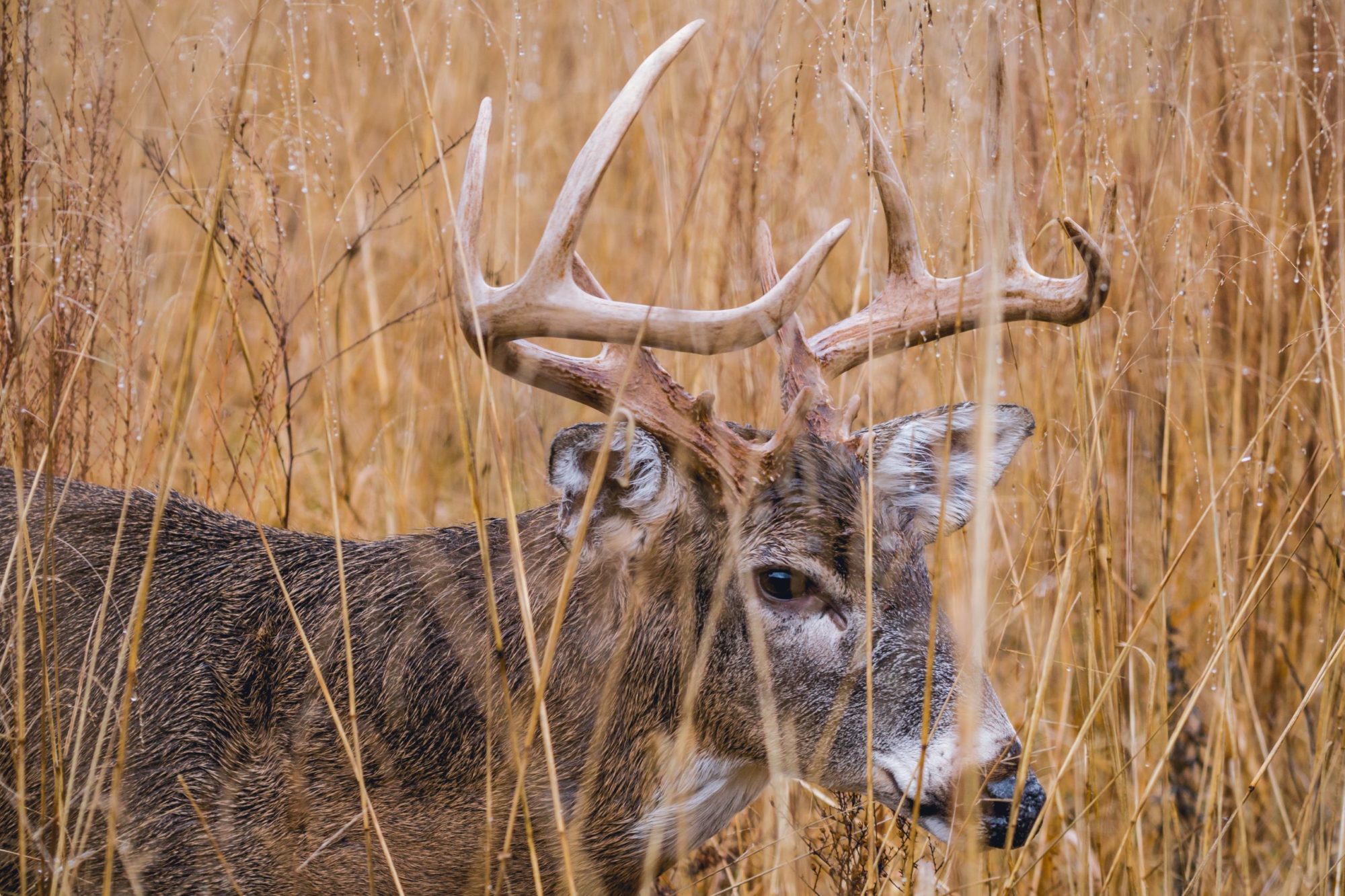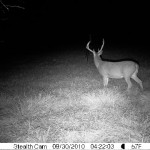As I’ve hunted in various places across the state of Kansas, I’ve often wondered what the early settlers and pioneers experienced when they came to this territory. They had to be awestruck as they left the hills, mountains and forests to see the apparent emptiness of the prairie. But still, I wondered how much different it looked to them than what I see today. Today, much of Kansas is sectioned off for agriculture with large acres of crops or cattle grazing. Roads crisscross the state, so much so that it would be nearly impossible to get lost or lose your bearing.
I finally found some of my answers from the book, Hunting and Trading on the Great Plains, 1859-1875 (American Exploration and Travel Series) . It is the autobiography written by James R Mead, who later became one of the founders of Wichita, Kansas, the city I live in. Actually, Mr. Mead dictated his story to a stenographer. The tale is a fascinating look into the early days of the Kansas territory.
. It is the autobiography written by James R Mead, who later became one of the founders of Wichita, Kansas, the city I live in. Actually, Mr. Mead dictated his story to a stenographer. The tale is a fascinating look into the early days of the Kansas territory.
James Mead left his home in Iowa came to the territory in the spring of 1859 at the age of 23. He and some friends loaded up their wagons and headed west.
He ended up in the Salina area, along the Saline river hunting and camping. The first thing struck me was that he talks about how clear the streams, creeks and rivers were and how sweet the water tasted. Clear? Sweet? If you’ve spent any amount of time in Kansas and looked at the water, its anything but clear now. And I’m not about to take a taste of it. He also speaks of the abundance of trees along the rivers and streams.
The next thing is the variety and abundance of game. The vast herds of bison, elk and deer. So much so that he ignores the turkey that seem to be everywhere. Now, outside of deer, its hard to imagine the herds of bison and elk. I’ve never seen elk in the wild and have only seen bison fenced in. That would have to be an amazing site to see.
James would spend the first years out here as a contract hunter. Basically, he would shoot as much game as he could and sell the meat to the settlers and small towns that had begun to spring up. He claims to have made a great living at it during that time. But some of his descriptions of the hunts are a bit unsettling to the modern mind. The waste is shocking. To kill a bison just for the hide and tongue is shocking to the modern hunter with rules about wanton waste.
But it was a different time then, at least that’s what is said.
After a few years of hunting, James became a trader to the various Indian tribes that made the plains their home. He mentioned that he was always treated fairly and could rely on them to keep their word. The would always pay their debts according to the agreements he had made with them. Interesting how that goes against what recorded history and Hollywood has portrayed.
Mr. Mead also talks of the various historical figures he encountered through the years. Names like Jesse Chisholm, William “Buffalo Bill” Matthewson, Kit Carson, Kiowa chief Satanta and many others. The stories of these early celebrities are an interesting collection of things you don’t hear very often. James Mead then goes on to become a founder of the city of Wichita, helping to bring the railroad and cattle industries to the young town.
The end of the book brings about Jame’s looking back with some remorse to the changes that had come to the prairie. Saddened by the takeover of farms and ranches and the change they brought to the plains. The forested streams and rivers were gone, no longer clear running. The herds of bison and elk were no longer found on the prairie, having been slaughtered by the hunters, of which he was one. He did feel guilt for his role in the change and wished he could alter it. One has to wonder what the plains would look like today had the buffalo hunters of Mead’s day had a bit of foresight to see what the future held.
I thought the book an excellent view of the early history of Kansas. It is a unique look into the daily life of an early pioneer, one that we don’t often get to hear.

